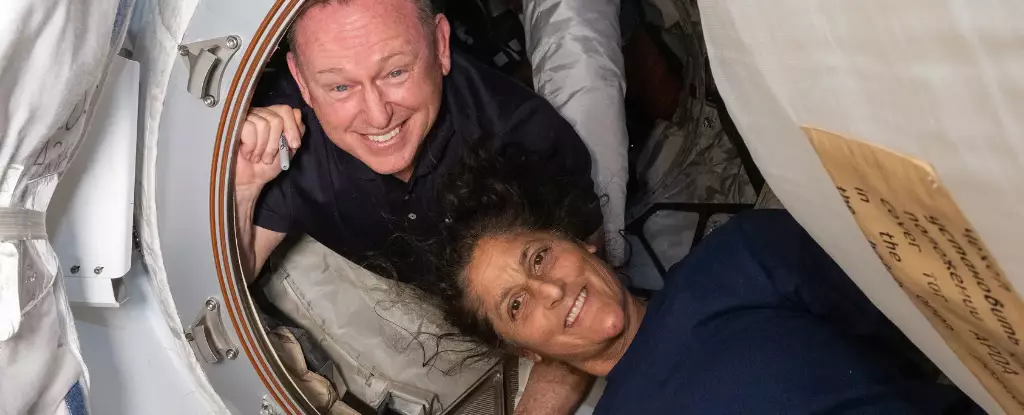In an unfolding saga that captures the challenges of modern space travel, two seasoned American astronauts, Butch Wilmore and Suni Williams, find themselves extending their unprecedented tenure aboard the International Space Station (ISS). Originally slated for an eight-day mission, the duo has remained in orbit for over eight months due to unforeseen propulsion issues with their Boeing Starliner spacecraft. This incident raises critical questions about the reliability of commercial spaceflight and the necessity for contingency planning.
NASA’s decision to reroute the return home for Wilmore and Williams has revealed the complexities and challenges of managing human resources in space exploration. After extensive testing of the Starliner revealed that it could not safely bring the astronauts back, the agency turned to commercial partner SpaceX for assistance. SpaceX’s role in this evolving narrative should be viewed through the lens of both innovation and dependence, as the private company assumes a significant responsibility for the safe return of astronauts.
Elon Musk, who is known for his ambitious goals and close ties to the government, assured that SpaceX would facilitate their journey home “as soon as possible.” However, the broader implications of entrusting human space travel to private companies raises profound questions about accountability and safety standards in an industry still grappling with technological uncertainties.
The anticipated arrival of Crew-10, tasked with relieving Wilmore and Williams, has faced delays, pushing the new launch date to March 12 at the earliest, pending mission readiness. NASA’s strategic pivot to utilize a reused Dragon spacecraft, dubbed “Endurance,” instead of a new vehicle highlights the need for efficient resource management but can also suggest urgency driven by situations beyond the agency’s control.
This temporary adjustment demonstrates not only the adaptability required in space missions but also sheds light on the sometimes-fraught relationship between innovation cycles and operational needs, as space agencies balance state-of-the-art technology against the pressing realities of human spaceflight.
Despite the extended duration of their stay, both Wilmore and Williams have maintained a positive outlook, expressing gratitude for a well-stocked food supply and the myriad of scientific investigations that keep them engaged. Their resilience reflects a deeper narrative of human fortitude, which is intrinsic to the spirit of exploration.
Nonetheless, their experience underscores the psychological challenges that astronauts may endure during prolonged missions. While recent records have shown remarkable endurance in space, each prolonged absence from Earth poses unique strains that have yet to be fully investigated.
The Road Ahead: Lessons for Future Missions
The ongoing experience of Wilmore and Williams serves as a bellwether, prompting re-evaluation of operational frameworks in human spaceflight. It also highlights the ever-present need for robust systems that ensure the safety and well-being of astronauts beyond just launch and landing. As commercial missions expand in scope, the success of space agencies like NASA and their partners hinges on their ability to adapt, learn, and innovate in real-time. The lessons learned from this incident will undoubtedly contribute to the advancement of human space exploration, ensuring that future missions are safer and more reliable.


Leave a Reply